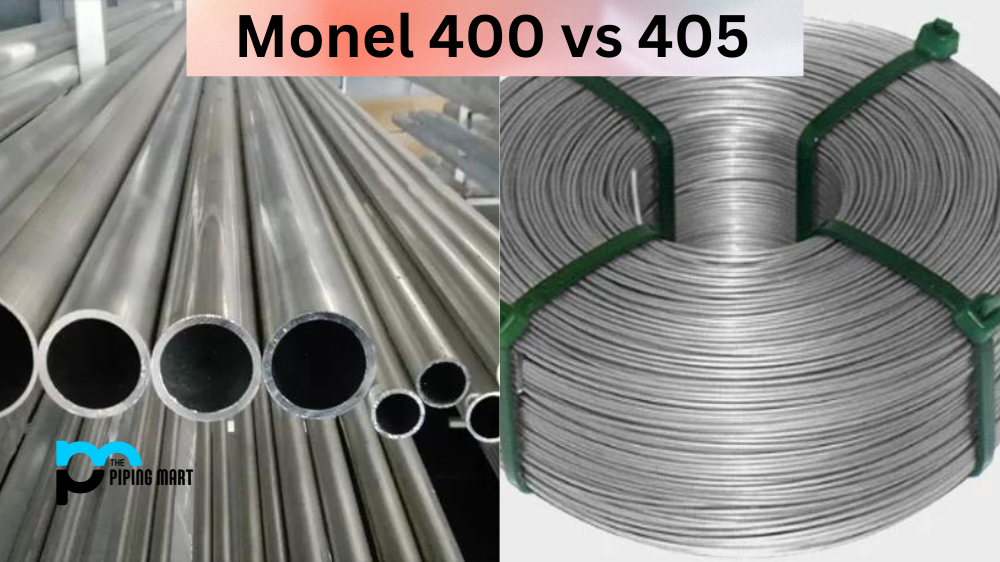Brass is an alloy composed of copper and zinc in varying proportions. This combination of metals creates a material that has strength, malleability, and corrosion resistance. Brass is used across a variety of industries for many different reasons, thanks to its unique properties. Let’s take a look at the composition of brass and how it affects its properties.
What is the composition of brass?
Brass is typically composed of two main elements—copper and zinc (brass composition cu and zn) although other metals can be added to provide additional benefits. The proportions between these two elements vary depending on the type of brass being created; some may have more copper, while others may have more zinc. For example, red brass composition contains 85% copper and 15% zinc, while yellow brass contains 65% copper and 35% zinc. Each different proportion creates a brass with distinct properties suited to specific applications.
Brass alloy composition
| Alloy | Composition and Use |
| Admiralty brass | 30% zinc and 1% tin, used to inhibit dezincification |
| Aich’s alloy | 60.66% copper, 36.58% zinc, 1.02% tin, and 1.74% iron. Corrosion resistance, hardness, and toughness make it useful for marine applications. |
| Alpha brass | Less than 35% zinc, malleable, can be worked cold, used in pressing, forging, or similar applications. Alpha brasses have only one phase, with face-centered cubic crystal structure. |
| Prince’s metal or Prince Rupert’s metal | Alpha brass containing 75% copper and 25% zinc. It’s named for Prince Rupert of the Rhine and used to imitate gold. |
| Alpha-beta brass, Muntz metal, or duplex brass | 35-45% zinc, suited for hot working. It contains both α and β’ phase; the β’-phase is body-centered cubic and is harder and stronger than α. Alpha-beta brasses are usually worked hot. |
| Aluminum brass | Contains aluminum, which improves its corrosion resistance. It’s used for seawater service and in Euro coins (Nordic gold). |
| Arsenical brass | Contains arsenic and frequently aluminum and is used for boiler fireboxes |
| Beta brass | 45-50% zinc content. It can only be worked hot, produces a hard, strong metal that is suitable for casting. |
| Cartridge brass | 30% zinc brass with good cold-working properties; used for ammunition cases |
| Common brass, or rivet brass | 37% zinc brass, standard for cold working |
| DZR brass | dezincification resistant brass with a small percentage of arsenic |
| Gilding metal | 95% copper and 5% zinc, softest type of common brass, used for ammunition jackets |
| High brass | 65% copper and 35% zinc, has a high tensile strength and is used for springs, rivets, and screws |
| Leaded brass | Alpha-beta brass with an addition of lead, easily machined |
| Lead-free brass | As defined by California Assembly Bill AB 1953 contains “not more than 0.25 percent lead content” |
| Low brass | Copper-zinc alloy containing 20% zinc; ductile brass used for flexible metal hoses and bellows |
| Manganese brass | 70% copper, 29% zinc, and 1.3% manganese, used in making golden dollar coins in the United States |
| Muntz metal | 60% copper, 40% zinc, and a trace of iron, used as a lining on boats |
| Naval brass | 40% zinc and 1% tin, similar to admiralty brass |
| Nickel brass | 70% copper, 24.5% zinc, and 5.5% nickel used to make pound coins in the pound sterling currency |
| Nordic gold | 89% copper, 5% aluminium, 5% zinc, and 1% tin, used in 10, 20, and 50 cents in euro coins |
| Red brass | American term for the copper-zinc-tin alloy known as gunmetal considered both a brass and a bronze. Red brass usually contains 85% copper, 5% tin, 5% lead, and 5% zinc. Red brass may be copper alloy C23000, which is 14 to 16% zinc, 0.05% iron and lead, and the remainder copper. Red brass also may refer to ounce metal, another copper-zinc-tin alloy. |
| Rich low brass (Tombac) | 15% zinc, often used for jewelry |
| Tonval brass (also called CW617N, CZ122, or OT58) | copper-lead-zinc alloy |
| White brass | Brittle metal containing more than 50% zinc. White brass may also refer to certain nickel silver alloys as well as Cu-Zn-Sn alloys with high proportions (typically 40%+) of tin and/or zinc, as well as predominantly zinc casting alloys with a copper additive. |
| Yellow brass | American term for 33% zinc brass |
Conclusion
In summary, the composition of brass determines its physical and mechanical properties, which are important factors when considering which type of brass should be used for a particular application. Different types of brasses can contain different amounts of copper and zinc, which creates a wide range of variations in terms of strength, malleability, corrosion resistance, thermal conductivity, etc., making them suitable for a variety of uses in many industries. Understanding the composition and properties of brass will help you make an informed decision about which type is best suited for your needs.

Abhishek is a seasoned blogger and industry expert, sharing his insights and knowledge on various topics. With his research, Abhishek offers valuable insights and tips for professionals and enthusiasts. Follow him for expert advice on the latest trends and developments in the metal industry.




